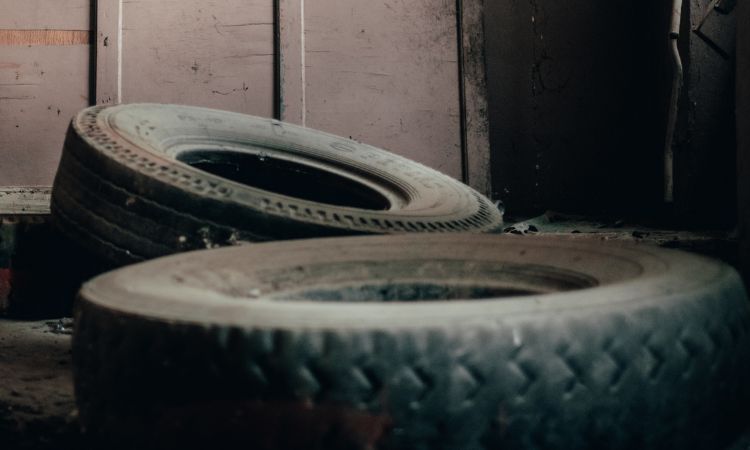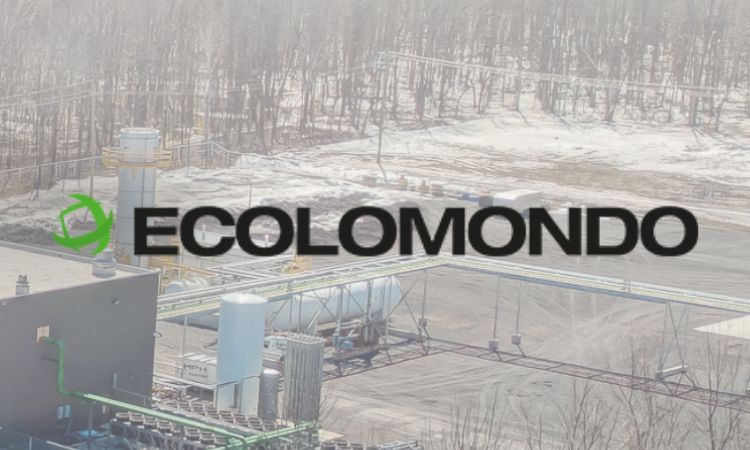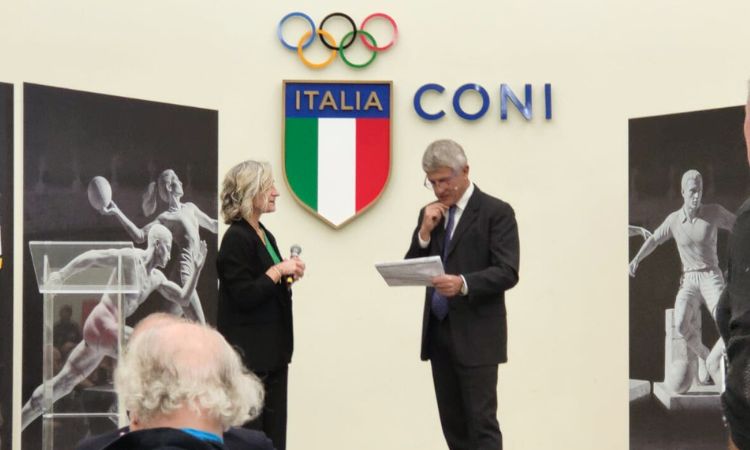Outstanding success of the 2021 Recovered Carbon Black Conference in Amsterdam
This article is a review by Claus Lamer – the senior pyrolysis consultant at Weibold.
Following its traditionally successful track record, another Recovered Carbon Black Conference organized by Smithers turned out to be a great success. The conference took place on November 22-23, 2021, in Amsterdam (The Netherland).
Recognized within the industry as an essential platform for experts and innovators, the program offered a 360-degree perspective of the Recovered Carbon Black market. Key industry leaders from around the world shared their expertise, case studies and latest findings.
It was particularly noteworthy that speakers and conference participants clearly put self-marketing aside in favor of a common denominator and goal. This became particularly apparent by the joint presentation of two world market leading tire manufacturers, Bridgestone and Michelin (in alphabetical order), which presented a uniform perspective regarding material circularity and the ambition to increase the use of recovered carbon black material in tires.
At the same time, many industry representatives showed themselves to be highly qualified innovators of processes and products which help reduce greenhouse gas emissions while increasingly replacing primary raw materials with secondary raw materials.
A Call to Action from Bridgestone & Michelin
By making apparent their serious intent for increased use of Recovered Carbon Black (rCB) from end-of-life tires, both world market leaders solidified the opportunity of reducing the entire tire industry’s reliance on petrochemicals without introducing performance tradeoffs. The potential of replacing virgin materials with Recovered Carbon Black as a new and valuable nano-material in new tire production has been calculated to reduce CO2 emissions by up to 85%.
To generate critical momentum on this important initiative and advance their efforts to reduce CO2 emissions and manufacture products from fully renewable and sustainable materials, Bridgestone and Michelin agreed to lead the creation of a White Paper outlining a pathway and framework to increased use of Recovered Carbon Black.
To underline their serious intention for an accelerated development, the astonished audience was presented with a new homepage (www.rcbrubber.com), which gives stakeholders the opportunity to express their interest in working on this important position paper which is intended to be published later in 2022.
Both tire manufacturers emphasized that this website is neither a joint sourcing collaboration nor a sourcing platform, nor a supplier selection platform. Rather, it underlines that two tire industry leaders:
- are motivated to help develop the end-of-life tire recycling ecosystem & promote circularity within the rubber industry
- will exert serious efforts to remove the obstacles and barriers preventing the rubber industry from using significant volumes of recycled and recovered materials today
- will initiate the deployment of concrete actions towards increased use of Recovered Carbon Black
Sustainability is the new driving force
The tire industry is by far the largest consumer of the industrial, virgin Carbon Black (vCB). As a result, there is an enormous potential demand for Recovered Carbon Black. If only 10% of the fossil Carbon Black (vCB) will be replaced by rCB in the future, the chemical recycling industry will have to produce up to 1.5 million tons of rCB of consistent quality every year (at the same time, this will save almost 3 million tons of CO2 emissions annually).
Supported by strong social expectations for circular economies in tires, the tire industry - together with the recycling industry - will work more intensively and specifically on the formulation of guidelines and norms (ASTM and ISO) to characterize Recovered Carbon Black. Finally, this also strengthens the confidence of financial investors and thus significantly accelerates development and expansion.
The conference participants agreed that price as a market driver is increasingly being replaced by sustainability motifs and quality requirements. The industry appears to agree that the higher cost associated with this trend is justified in terms of consumer product quality and sustainability.
Although the current - rather small - industrial production capacities for rCB are certainly seen as an obstacle to supplying the tire industry with large quantities, a US chemical tire recycler (Delta Energy) rightly warned that much larger production facilities and the associated long delivery routes for the (unwieldy) end-of life tires would increase the CO2footprint. The chemical recycling of ELTs should and will therefore continue to take place on a decentralized basis and in locally adapted capacities. In this aspect, again, sustainability asserts itself as a driver. Financiers are increasingly interested in projects with processing capacities of “only” 50,000 to 100,000 tons per year, provided that they can be multiplied.
Road ahead
Thanks to the commitment by Bridgestone & Michelin and many companies and speakers not specifically mentioned here, as well as by hundreds of conference participants, this was by far the most successful rCB conference since it began in 2019 (Berlin).
This conference marks the concrete beginning of a positive development in terms of the sustainability of tire and rubber products. Recovered Carbon Black has proven for at least 5 years that it is a valuable replacement for the raw material-intensive virgin Carbon Black in rubber products (Semperit). The conference considerably cleared the thick fog that up to now beset the road to significant use of Recovered Carbon Black in the manufacture of tires.
According to rcbrubber.com the following specific tasks lie ahead in the industry:
- Establishing specifications for recycled and recovered secondary raw material with a focus on rCB
- Coordinating with regulatory bodies toward harmonization of standards
- Helping the global recycling ecosystem understand the needs of rubber industry to establish downstream markets
- Assessing how ASTM/ISO can help standardize frameworks
- Considering regulation that facilitates standardization of processes for the rubber industry
- Partnering with key stakeholders on future technologies to better recycle end-of-life tire
That sounds like a big package of tasks, but some of it is already on the way and anyway can be achieved with the positive energy and motivation that this Amsterdam Conference exuded.
Weibold is an international consulting company specializing exclusively in end-of-life tire recycling and pyrolysis. Since 1999, we have helped companies grow and build profitable businesses.









